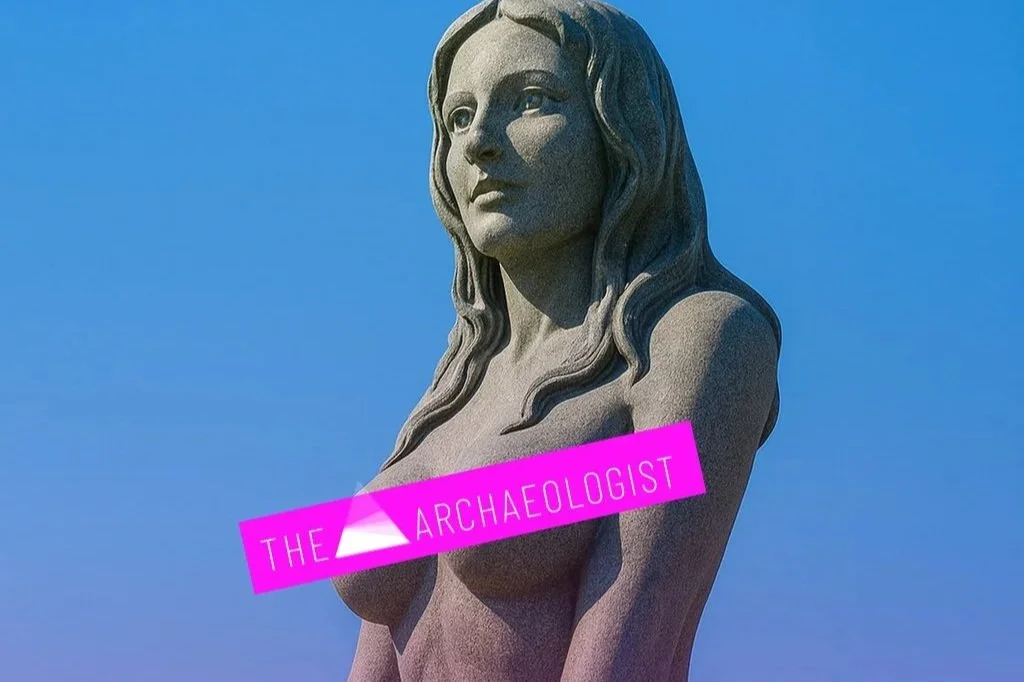Unlike Latin, which fragmented into many different languages, Ancient Greek evolved into a continuous linguistic tradition without breaking apart. While Latin gave rise to Italian, French, Spanish, and Portuguese after the fall of the Roman Empire, Greek remained largely unified. Although there were many Greek dialects in antiquity, they gradually merged into Koine Greek, the common language that served as the foundation for modern Greek.
The main reason for this difference lies in the strong cultural and educational presence of the Greek language, which remained alive through writing and formal education. Latin, on the other hand, was primarily used as an administrative and military language. Greek, however, carried a rich literary and philosophical heritage—from Homer to Plato and Aristotle—helping preserve its continuity.
The formation of Koine Greek after Alexander the Great’s conquests played a crucial role in maintaining linguistic unity. During the Hellenistic and Roman periods, Greek became the dominant language of trade, administration, and science throughout the Eastern Mediterranean. Even when the Roman Empire absorbed the Greek world, Greek remained the primary language in the eastern provinces. This continuity extended into the Byzantine Empire, ensuring Greek’s survival and preventing its fragmentation.
Another key difference between Latin and Greek was the geographical and political structure of the regions where they were spoken. Latin-speaking territories were vast and became isolated from each other after Rome’s fall, leading to the development of distinct Romance languages. In contrast, Greek-speaking lands, though scattered, remained connected through a central hub: Constantinople. As the capital of the Byzantine Empire, it preserved Greek as the language of governance and religion.
The role of the Orthodox Church and the Byzantine administration was also crucial in maintaining linguistic unity. The Gospels and theological texts were written in Greek, reinforcing its status as the language of culture and education. Unlike Western Europe, where Latin remained the language of the Catholic Church but local dialects evolved into separate languages, Greek retained its unity due to its continuous use in both religious and administrative contexts.
Another factor was how the two languages functioned in everyday life. Latin spread primarily through Roman soldiers and settlers, often being adapted by local populations who mixed it with their native dialects. Greek, however, wasn’t suddenly imposed on new populations—it evolved naturally over centuries within the cultures that spoke it.
Because of these factors, Greek remained a cohesive language throughout history, avoiding the fragmentation that Latin underwent.





















































